Alaska's wildlife is as grand and untamed as the landscapes it roams.
Here, you'll find the majestic bald eagle soaring above the skies or the humpback whale breaching in the icy waters; these are just glimpses of the unforgettable encounters waiting for you in the Last Frontier.
With an impressive lineup of native creatures, you're in for a spectacular display of nature's variety.
A trip here is your ticket to witness some of the most astonishing wildlife in the world—but remember, always from a distance for your safety and the wellbeing of the animals you'll come to admire.
1. American Bald Eagle
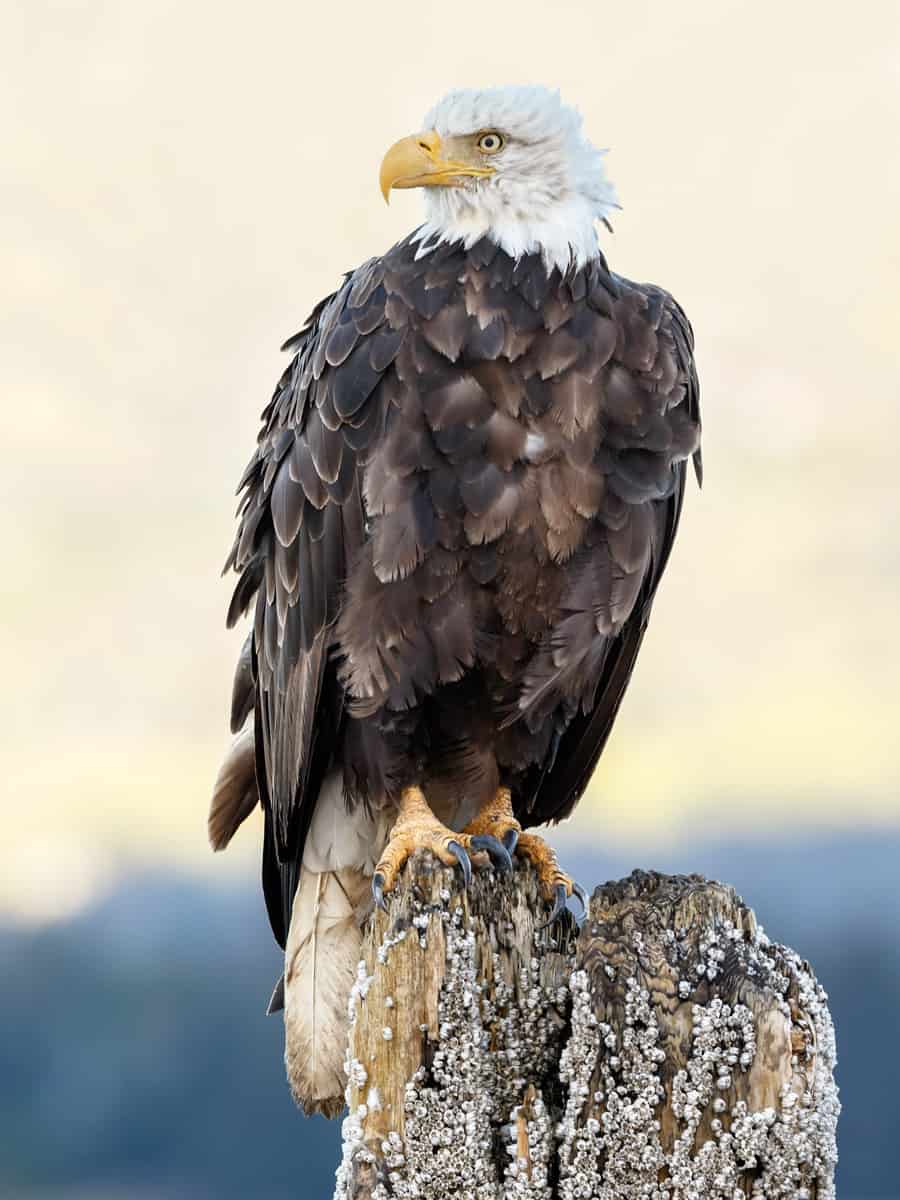
With a wingspan of up to 7.5 feet, this incredible bird is a sight you won't want to miss on your Alaskan adventure.
The bald eagle population is flourishing. With an estimated number of 30,000, you'll likely see an eagle, especially in Southeast Alaska. There, spotting an eagle perched in tall trees or flying above is a common delight.
Kenai River, beloved for its summer and early fall bald eagle sightings, is one such spot where eagles are known to feast on salmon in crystal-clear waters.
Alaska's coastal towns are also gathering points where you might witness bald eagles in numbers like nowhere else.
So, you know the drill — to spot the American Bald Eagle, look around fishing areas where they often flock to dine on the abundant fish.
2. Horned and Tufted Puffins
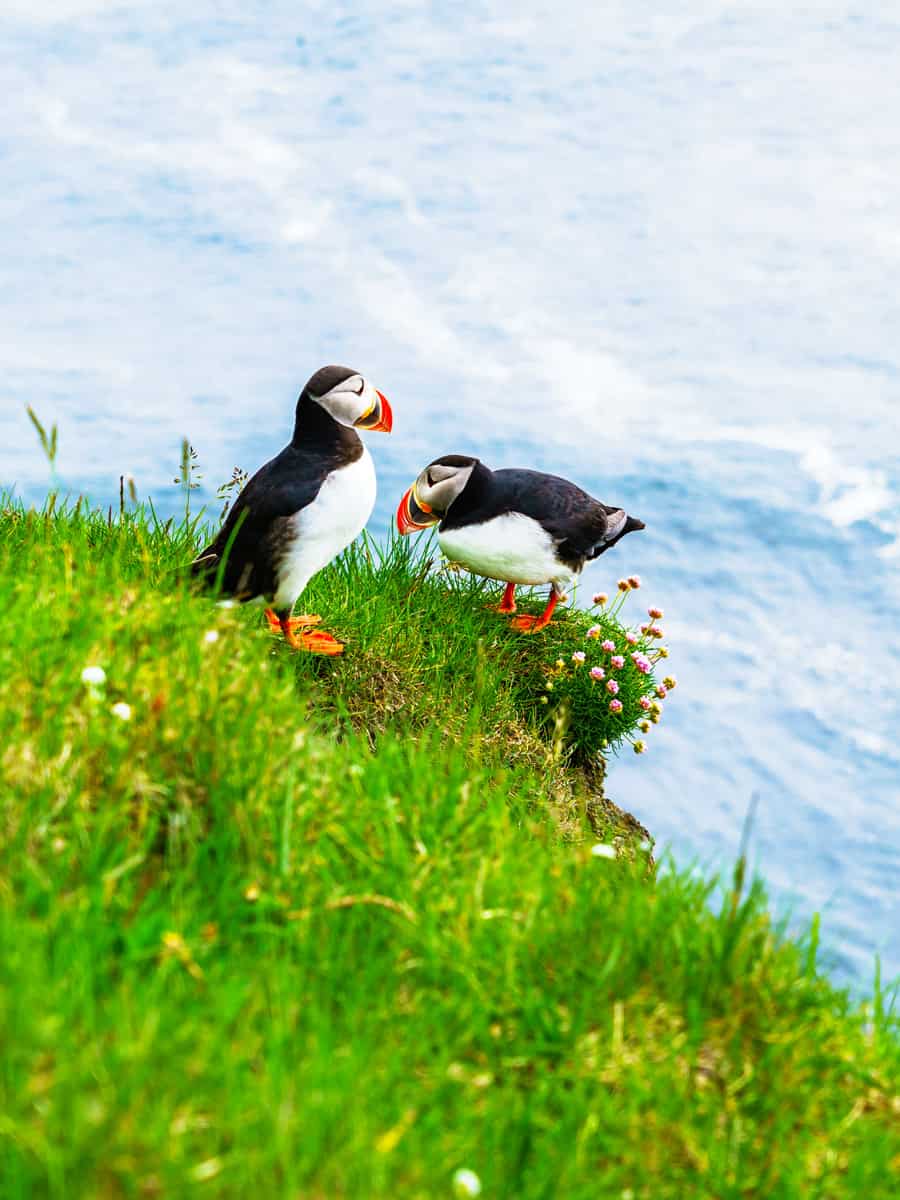
These colorful creatures are a staple of Alaskan wildlife and a must-see for any nature enthusiast.
Horned Puffins stand about 15 inches tall and sport a distinct horn-like feather above their eyes. They are affectionately called "sea parrots" due to their bright bill and playful demeanor.
Meanwhile, the Tufted Puffins boast a more flamboyant look with long, golden tufts sweeping back from their eyes. Their comically large bills are not just for show – these features play a crucial role during mating season.
Both species have adapted remarkably to life at sea, spending most of their lives on the water, where they use their wings to 'fly' underwater in search of fish.
When it's time to breed, they return to land, often revisiting the same burrows each year to raise their pufflings.
Visit Kenai Fjords National Park and witness these endearing birds among the scenic beauty. Your Alaskan adventure wouldn't be complete without seeing these remarkable birds in their natural habitat!
3. Caribou
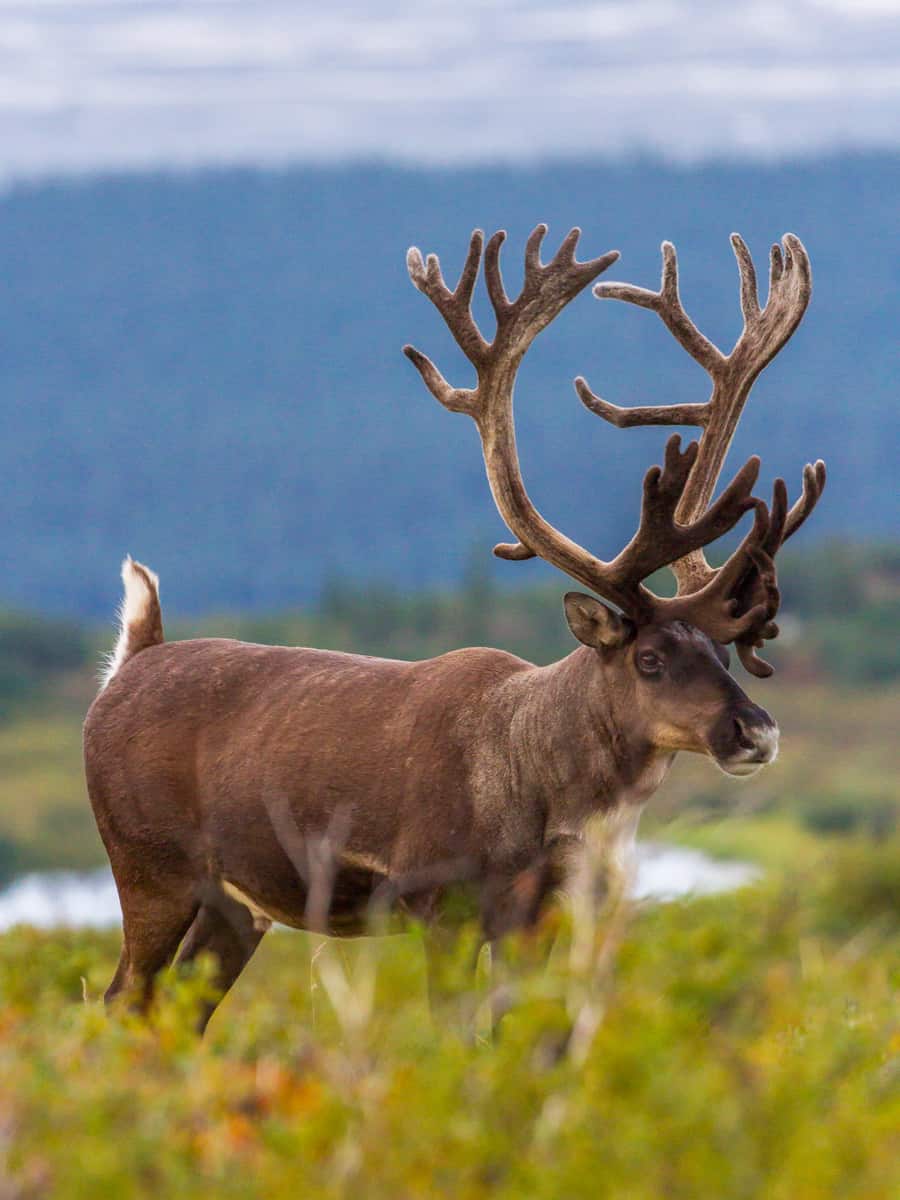
In Alaska, caribou are not a rare sight, as the state boasts an impressive 32 herds. Spotting caribou is a breathtaking experience, as their seasonal migrations cover vast landscapes.
While traveling through Alaska, you can witness these migrations, particularly near the Eureka Summit, where you might find caribou mingling near the highway.
Did you know caribou are also an essential part of Alaska's culture and economy? Indeed, they're one of the most abundantly harvested wildlife species in the region.
Their presence is a testament to Alaska's robust ecosystem and local authorities' careful management of natural resources.
4. Moose
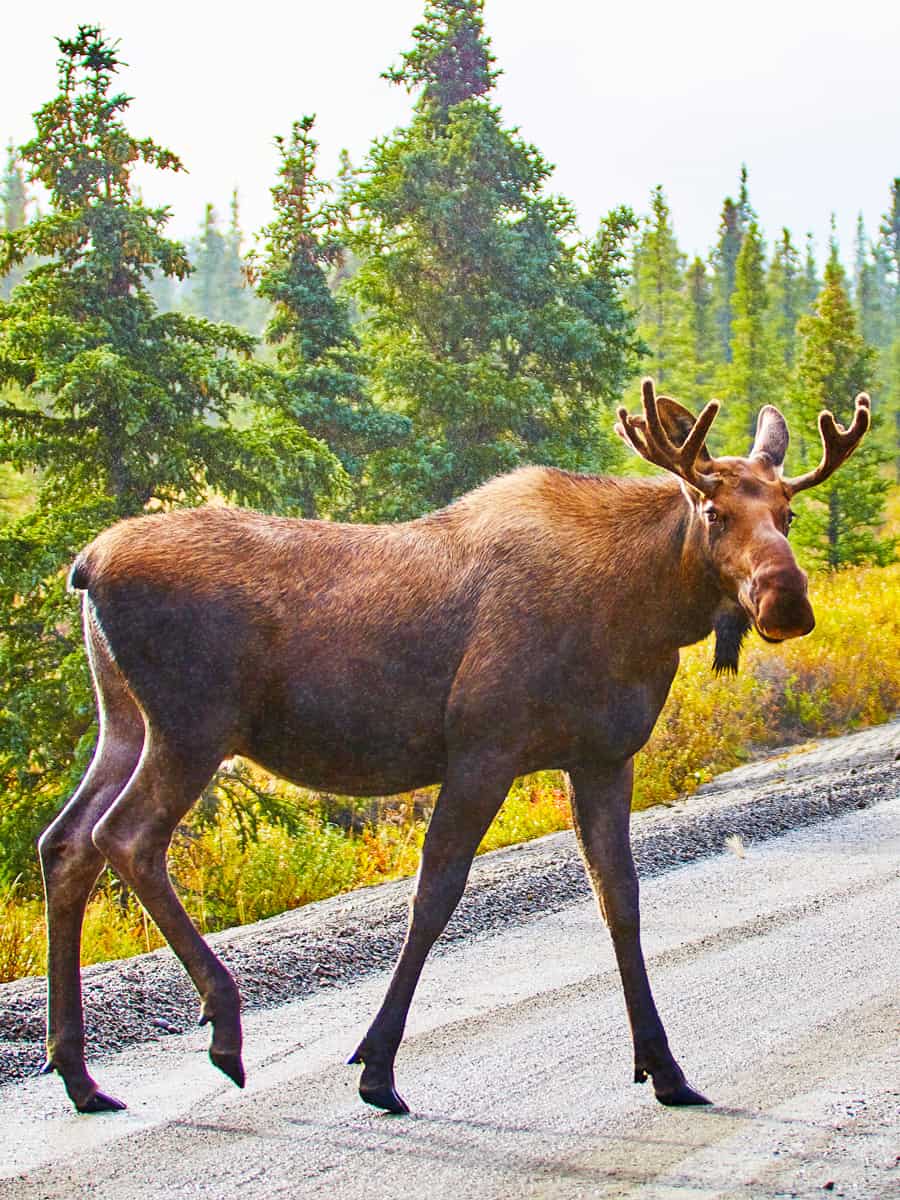
With their numbers ranging between 175,000 to 200,000, moose outnumber most other large mammals in the region.
Your encounter with these solitary creatures might be more likely during the fall when the air is filled with the tension of the mating season.
Alaska offers unparalleled opportunities to see moose in their natural setting. Popular locations include Denali National Park and Preserve, Kenai Peninsula, and the Matanuska-Susitna Valley.
Wildlife viewing tours and safaris are also available, providing safe and respectful ways to witness moose in the wild.
5. Brown Bears
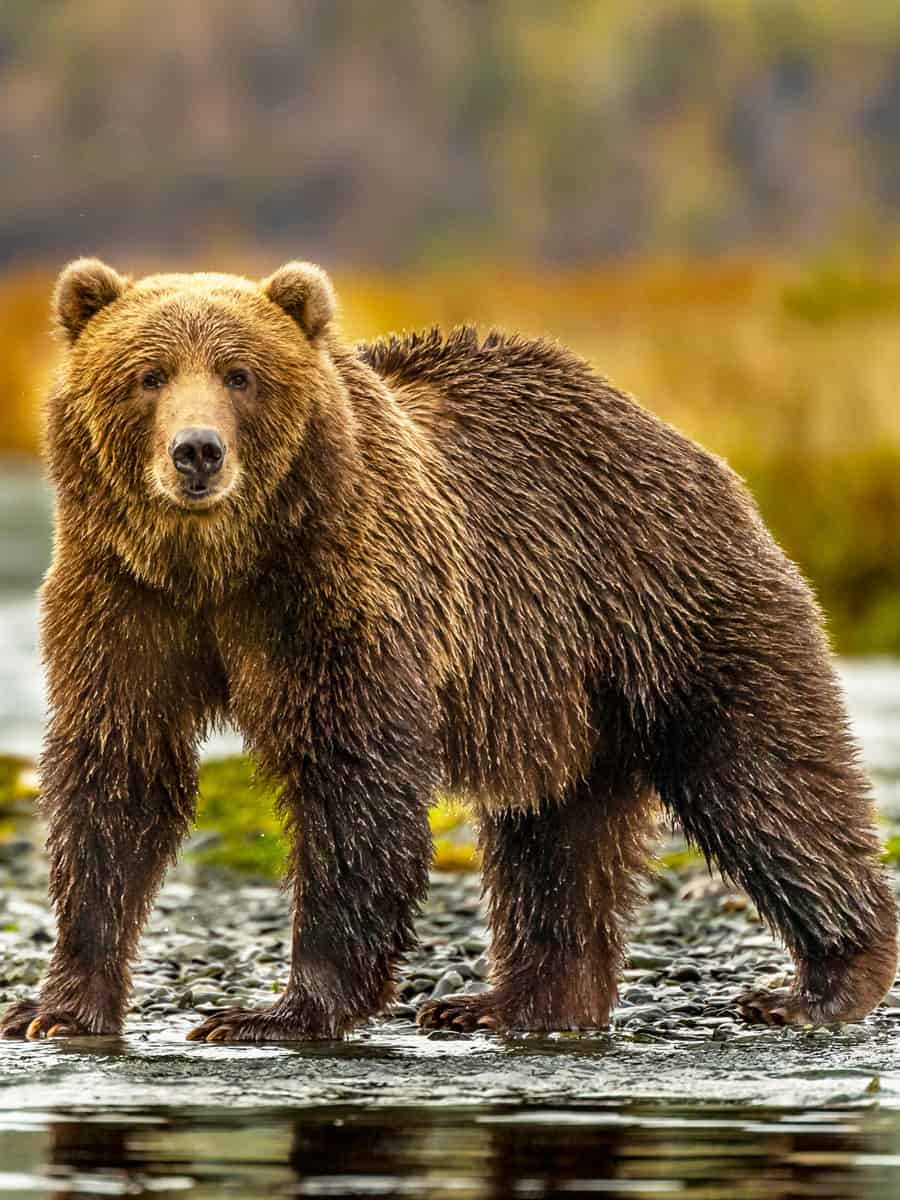
Brown bears are found across much of Alaska, thriving in its vast wilderness that ranges from dense forests to coastal shores.
Among these, the Kodiak bears stand out as a unique subspecies.
Native exclusively to the Kodiak Archipelago, they are distinguished by their enormous size and have evolved in isolation from other bear populations for about 12,000 years, making them the largest bears in the world.
The rich abundance of salmon in the Kodiak Islands, a lack of natural predators, and a relatively mild climate contribute to their significant size.
Their diet is not limited to fish; these bears are omnivores, feeding on various vegetation and berries, showcasing the adaptability and diverse dietary habits that have enabled them to thrive in Alaska's rugged landscape.
6. Musk Ox
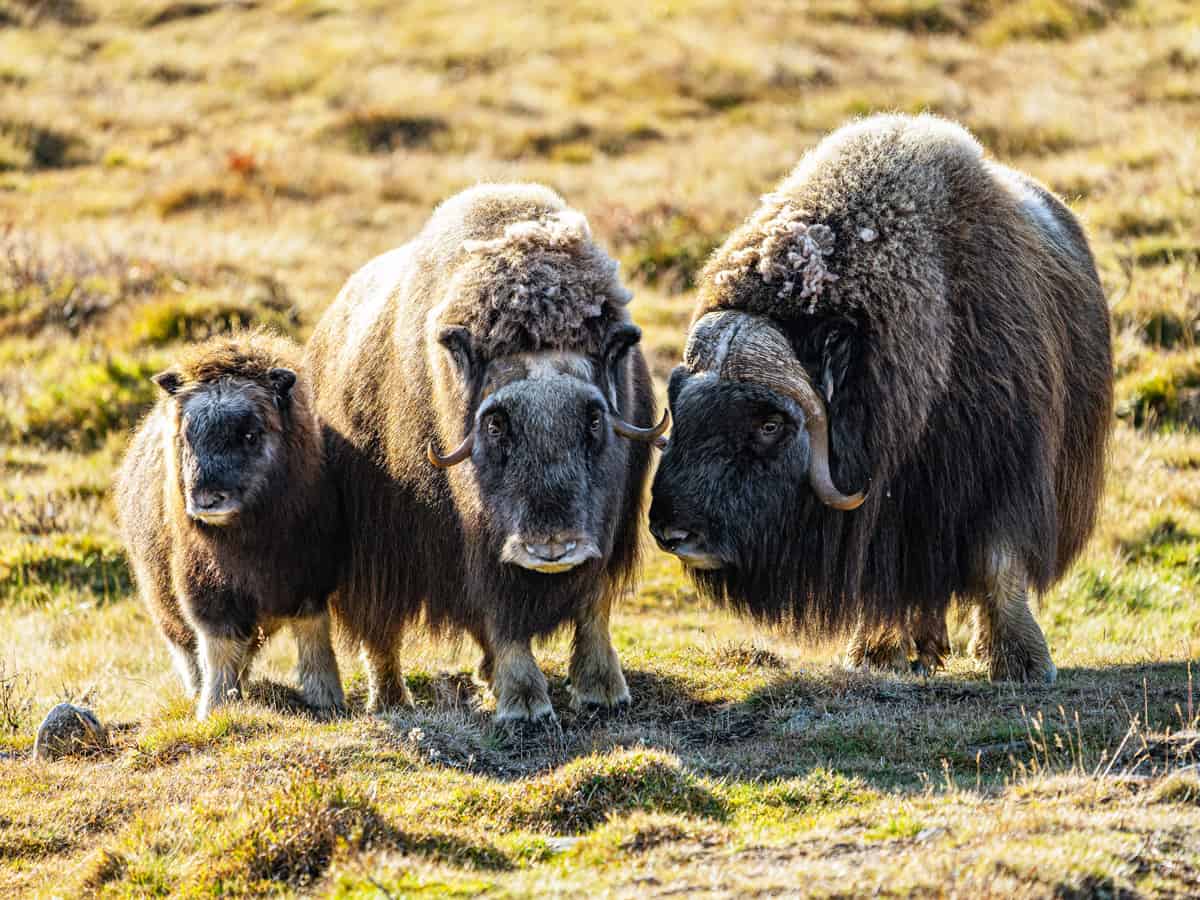
These sturdy animals, with their thick, shaggy coats and long, curved horns, look like they've stepped out of the Ice Age and roamed the Arctic for thousands of years.
Alaska provides a unique opportunity to observe these ancient animals, especially in areas like the Nome and the Seward Peninsula, as well as the Arctic National Wildlife Refuge.
The Musk Ox Farm in Palmer is another location where visitors can get an up-close experience with these remarkable creatures, learning about their importance to indigenous cultures and their challenges in a changing Arctic environment.
Musk Oxen were once extinct in Alaska but were successfully reintroduced in the 1930s and have since become a conservation success story.
7. Wolves
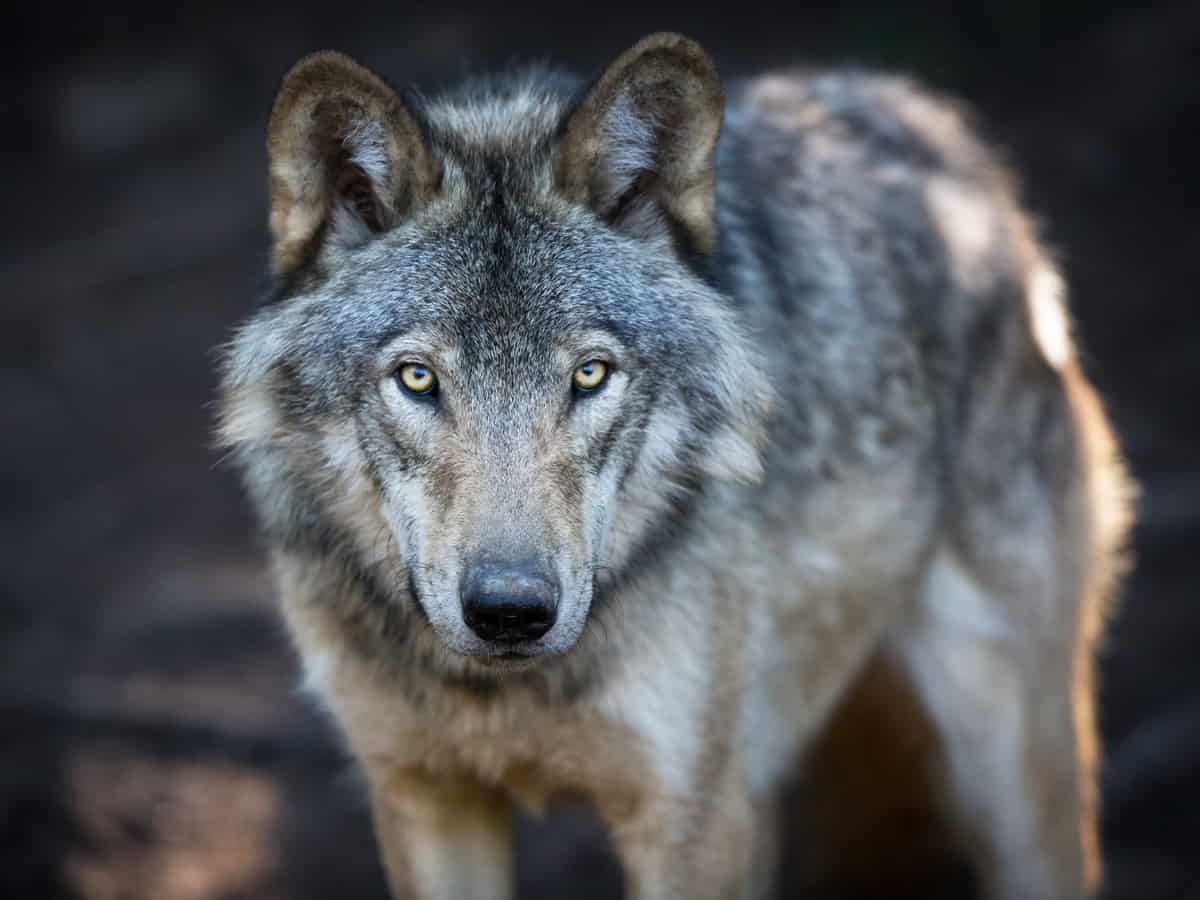
Alaska's vast wilderness is home to several subspecies of wolves, each boasting a unique charm. With their thick, layered fur and sharp, intelligent gaze, these creatures embody the wild spirit of Alaska.
While these predators mostly stick to remote areas, rare sightings can happen even near human habitations. Wolves are typically shy and not known for displaying aggression toward humans.
However, it's important to remember that wolves, like any large predator, can become dangerous if they feel threatened or if humans inadvertently come between them and their prey or pups.
So, if you encounter wolves up close and they're showing aggression, it's crucial not to run or turn away. If approached, show aggression, make noise, and maintain eye contact. Use items like poles, pepper spray, or rocks to deter them.
8. Walruses
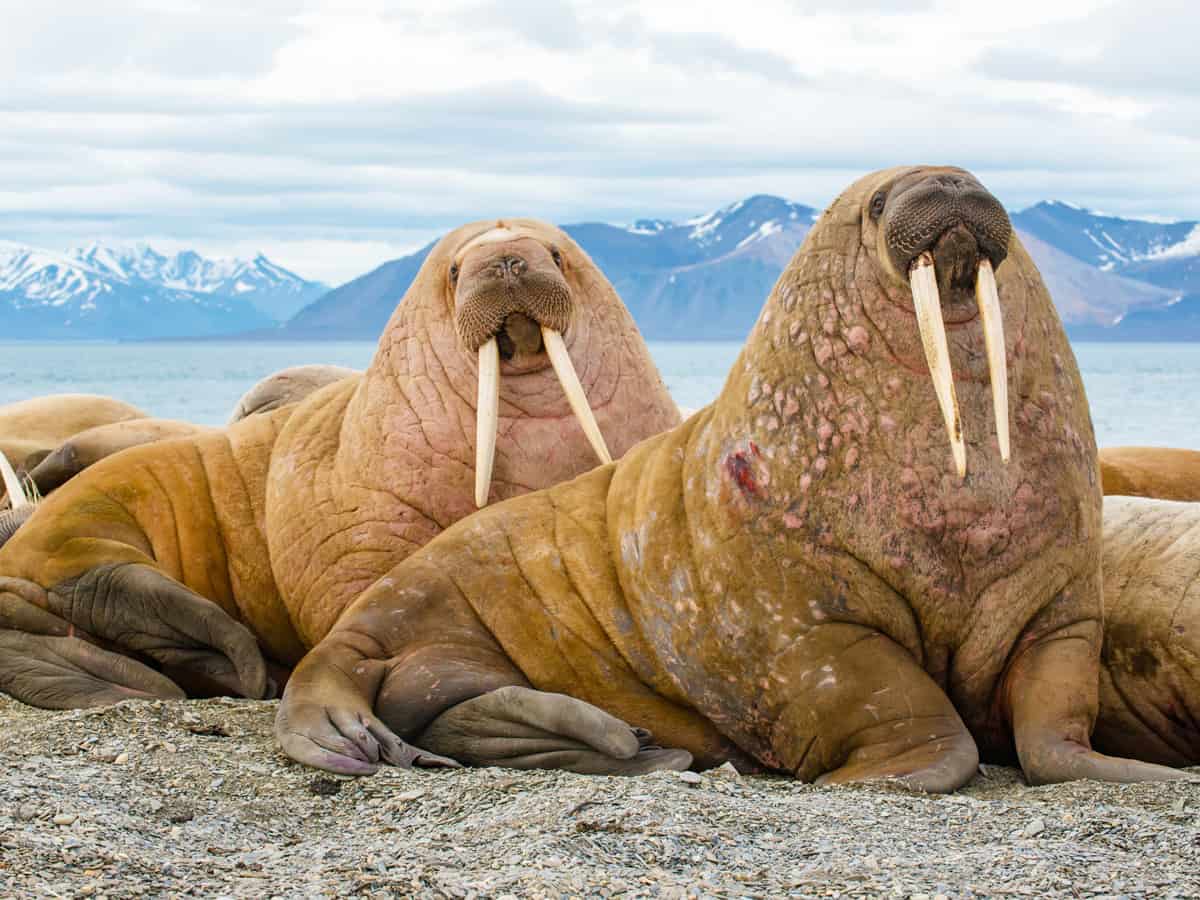
Now, let's turn our attention to walruses. These large mammals are known for their impressive tusks and massive bodies.
Walruses are most often found along the icy waters and coasts of the Bering and Chukchi Seas, gathering vast numbers on ice floes and sandy shores.
Known for their sociable nature, walruses enjoy congregating in large groups, which helps keep them warm and safe from predators like polar bears and orcas.
For walrus sightings, head to Round Island. This spot offers a chance to see many walruses together while resting on the beach. You'll observe their interactions and natural behaviors up close, providing a unique opportunity to experience these incredible animals in their natural setting.
Plus, visiting the sanctuary supports conservation efforts, helping to ensure that future generations can enjoy walruses!
9. Humpback Whales
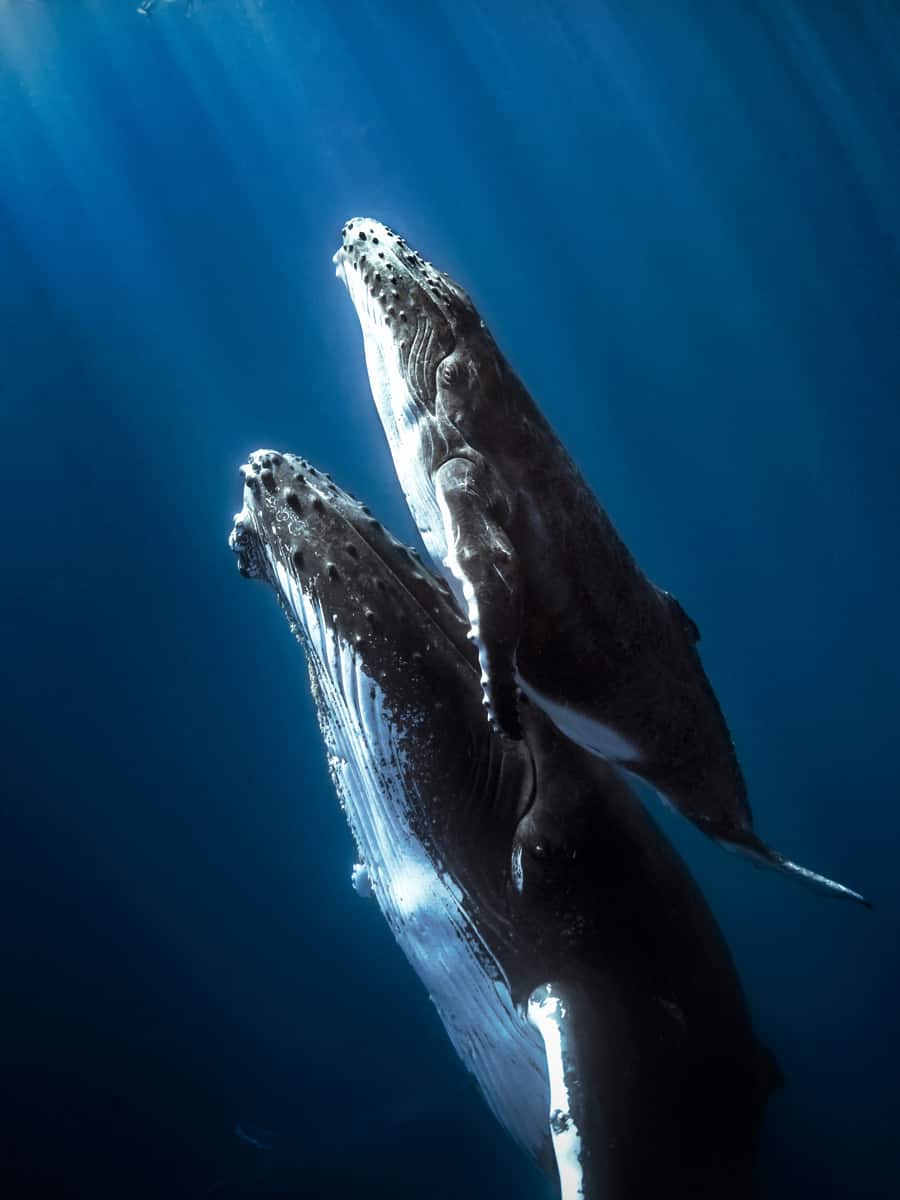
These magnificent creatures, reaching lengths of up to 60 feet, can be seen in Alaska primarily from May to September.
Praised for their aerial displays and haunting songs, humpback whales truly symbolize the wild spirit of the north.
You might witness the impressive sight of whales feeding in a coordinated group or hear their unique and complex songs, which can carry across vast ocean distances.
For more details on planning your trip, including the best time to see whales in Alaska, visit our comprehensive guide.
A Key Reminder for Your Upcoming Alaskan Wildlife Adventure
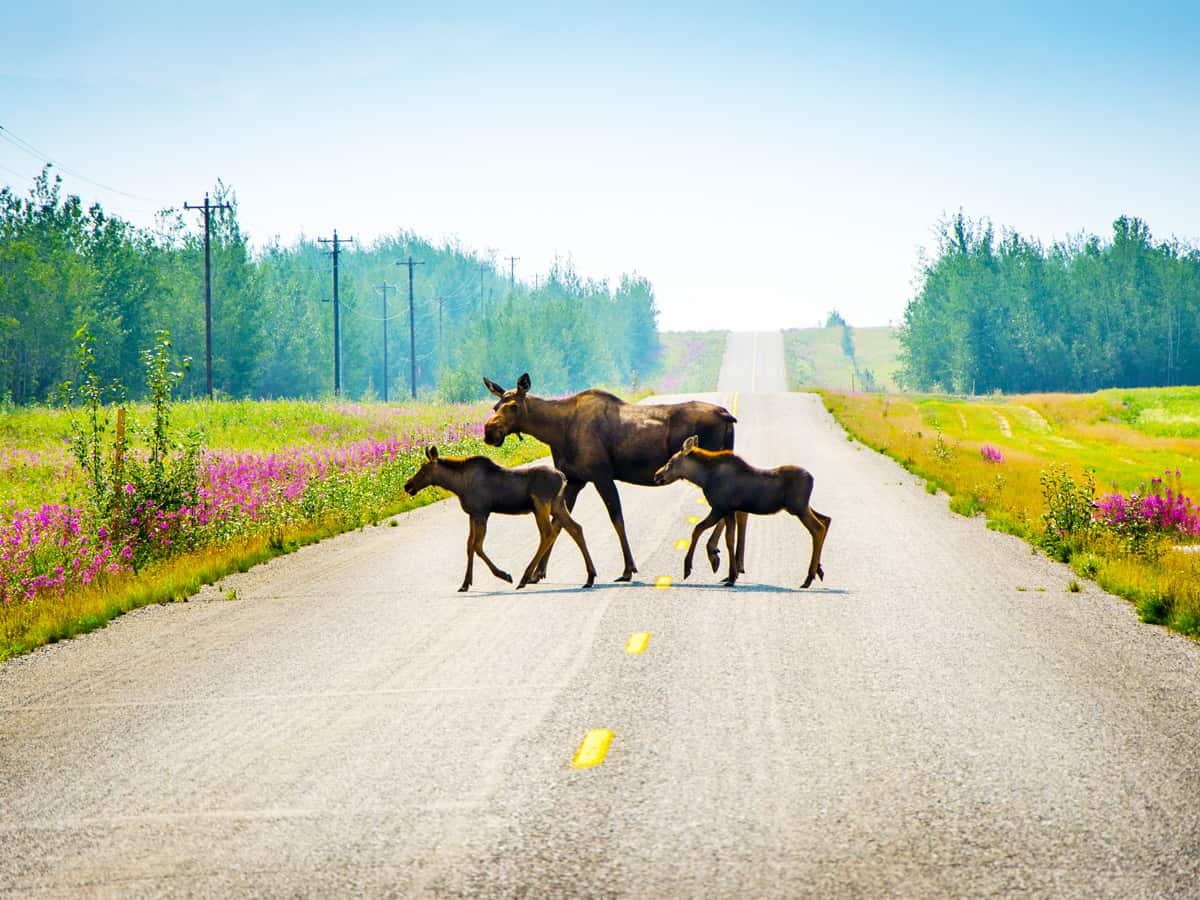
Seeing Alaska's wildlife is a highlight for many visitors, but it's essential to interact with these animals safely and respectfully.
Keeping a good distance away so the animals don't feel threatened is a key step. This makes sure both you and the wildlife are safe.
Always follow the rules of national parks and wildlife areas to help protect Alaska's unique ecosystem and ensure you'll have an unforgettable experience viewing wildlife!
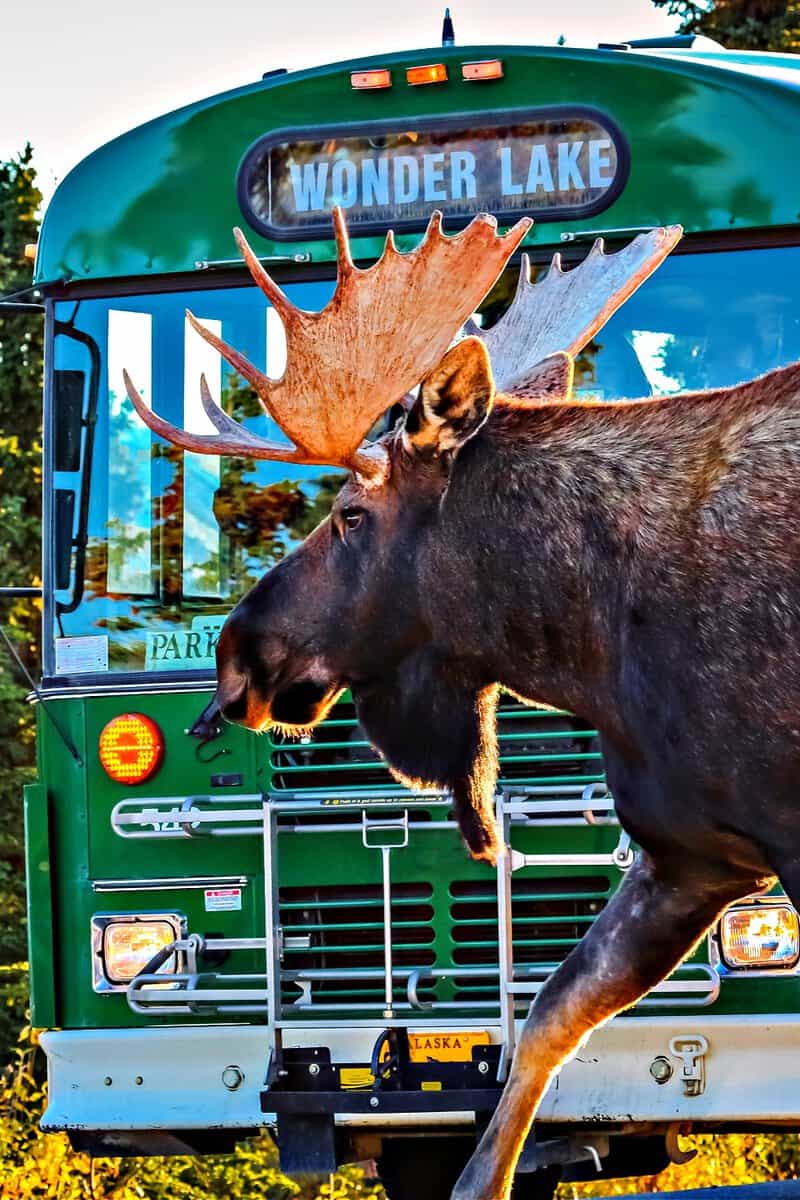
Always review and adhere to local regulations and guidance from park authorities for the latest safety information.
